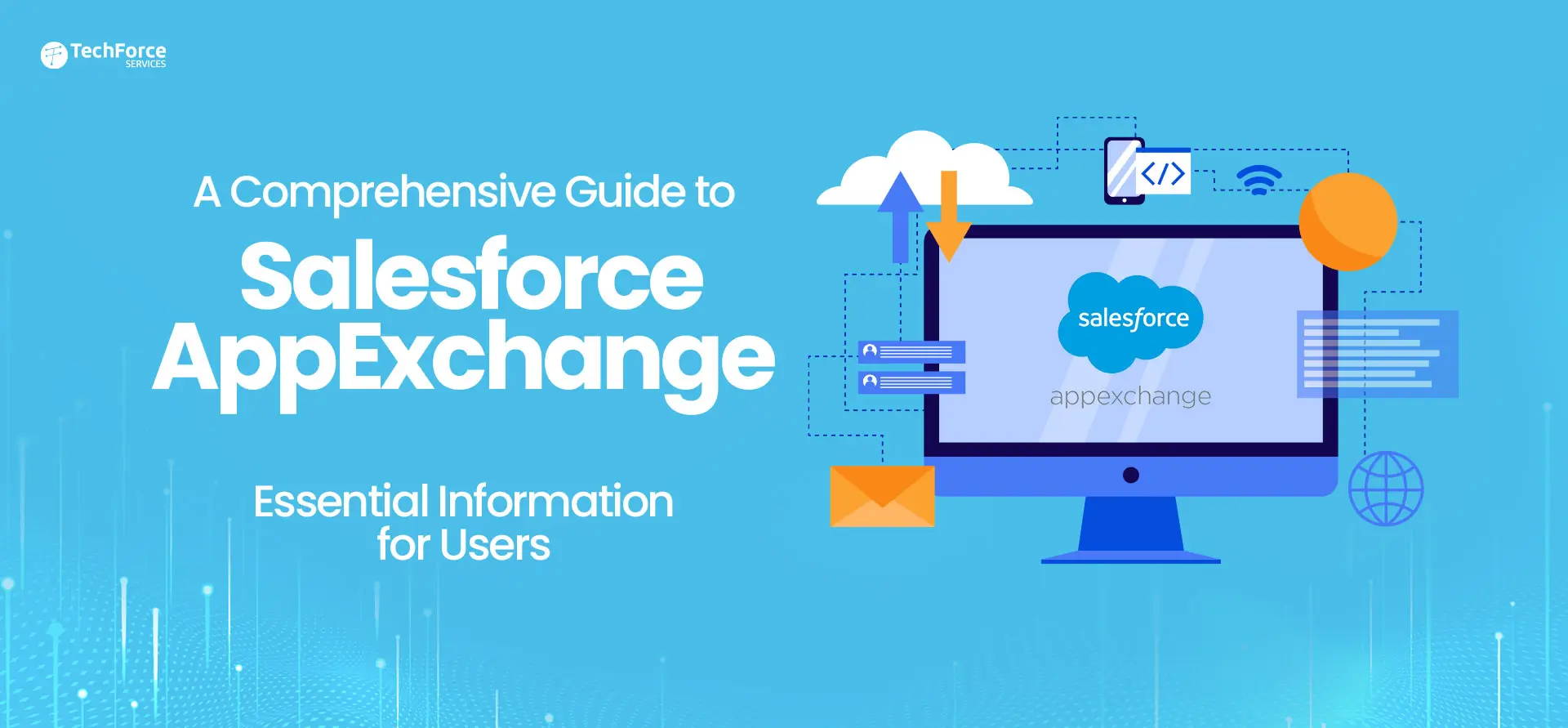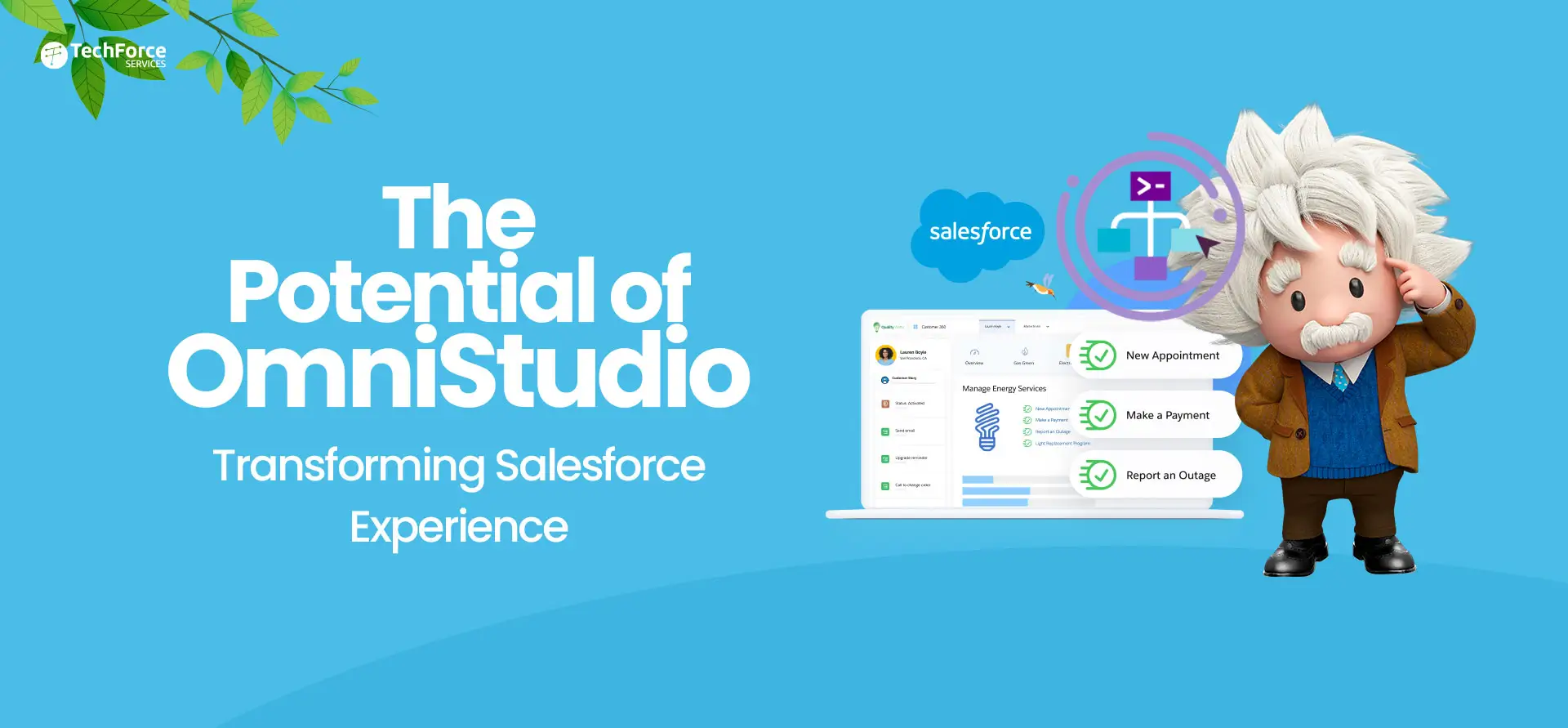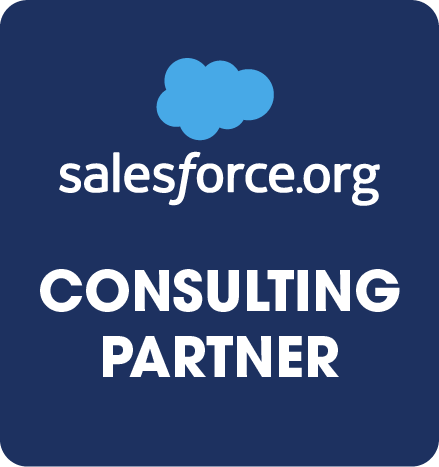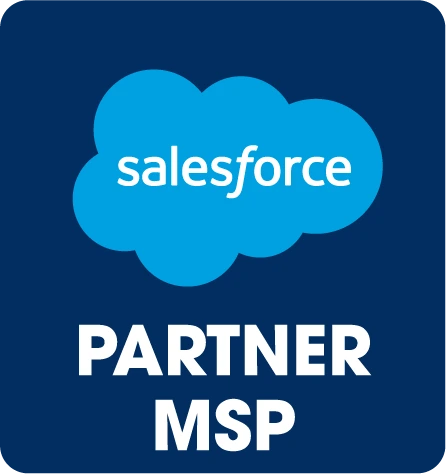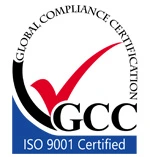Salesforce is a dynamic platform with infinite possibilities. If you are in charge of Salesforce implementation as a Project Manager, you will be responsible for owning the implementation process and guiding the project to a successful completion. If you comprehend the pertinent business processes, then you can effectively communicate with both Salesforce and the rest of the organisation.
As a committed and talented Project Manager of a Salesforce implementation project, you might have come across situations where you cannot influence the rest of the organisation. Understanding your inherent power and influence to accomplish this project will be a significant part in its successful execution. Here are the top-5 steps to get started with your Salesforce implementation.
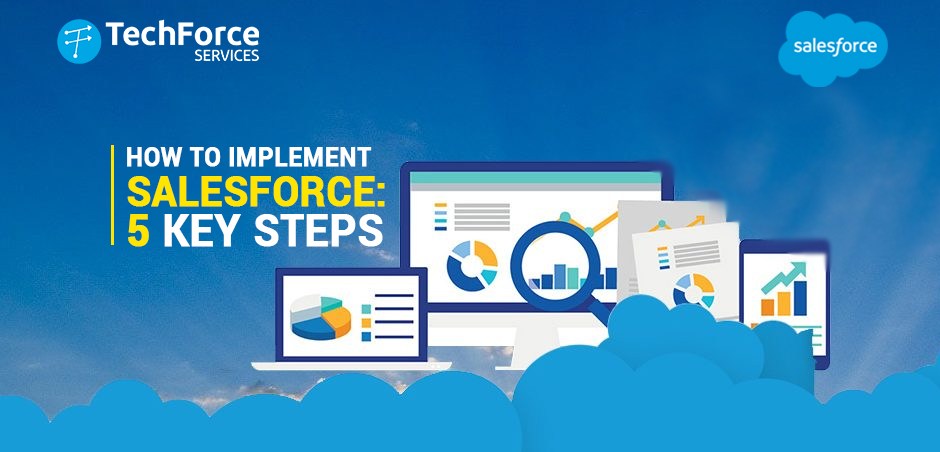
STEP-1: PLAN & PREPARE
STEP-2: BUILD YOUR TEAM
Speak to key users within your organisation to deeply understand their needs, business processes, and expectations from your new system. Decide who should be the key decision makers and involved from your organisation. Finalise who will be your Project Manager, Admin, etc. If you are doing a custom integration, you may need IT too. Teams from marketing, sales, customer service will be using Salesforce, so they will need to be considered as well. As part of your plan, list everyone out with their names, roles, and reasons as to why they should be a part of this project. Be sure to communicate to your team members at an early stage and set expectations from the initial phase.
First, ask your users to begin a swift testing of the system and the issues should be addressed to get a better opportunity to upgrade your support process. The implementation team would include executives, system administrator and several other users to ensure the various processes in the project. Building the right team helps you in successful CRM implementation.
STEP-3: DEVELOP A COMMUNICATION PLAN.
Change is dynamic. Implementations can swiftly go haywire if there is vague communication from the beginning of a project. Communicate to your organisation that you will be implementing Salesforce. Then, develop a plan to communicate prototype meetings, training dates, and your timeline when you plan to go live. Be sure to safely keep the communication plan with you even after you have launched Salesforce. It will be quite useful to you for releases, updates, and future projects.
The end-users of Salesforce are the ones who will eventually ensure the success of your CRM initiative. They will use the system every day; hence, share your scope of work and workflow with them. Keep them in the loop throughout the project. Involve your customers in the Salesforce implementation process as they will give you deep insights. Constant and clear communication among the project team and the larger user community will encourage support and feedback. Integrating that feedback encourages everyone involved to take ownership.
STEP-4: TRANSFER YOUR DATA
Evaluate and make a decision as to which data you want to import into your new Salesforce CRM Implementation system. Initially, import a small batch of data to verify whether all the fields are available and import properly. After authenticating all these data, import all the remaining data for successful CRM implementation. You can now switch between existing platform to Salesforce CRM.
Define your data maintenance responsibilities lucidly. Ensuring the consistency of data and its successful merging are crucial to having data integrity. Without data integrity, your brand-new Salesforce org will often have duplicate, irregular, or inconsistent and missing data. Preparing for such data disasters in advance and having tools ready to clean and prevent such occurrence will ensure the integrity of CRM system. Data quality tools can clean, protect, normalise and enrich all the data inside your Salesforce in real-time to always ensure its peak performance. System-to-system consistency, or the integration of multiple systems, is vital for a strong tempo and user adoption.
STEP-5: ROLL IT OUT IN PHASES & TRACK THE PROGRESS
Launch Salesforce in phases. Employees may resist big change, so focus on one part of the overall pie. Salesforce adds real value only if people actually use it. If you try to implement too much at once, the project could backfire. We should not introduce so much of change that users are unable to accept it, and can’t adopt it even if they wish to. Thrusting something too much will only harden the attitude of existing detractors and create new ones. Your CRM success depends on the rate at which it can be adopted, but not the rate at which it can be implemented.
When Salesforce is implemented successfully by importing all data, it is time to make the data work. Tracking and monitoring the sales performance helps you make a decision on achieving the business goal.
Contact us for more details: [email protected]


